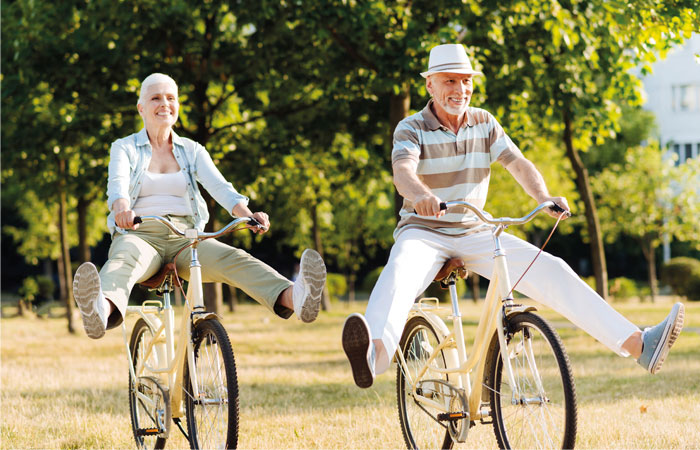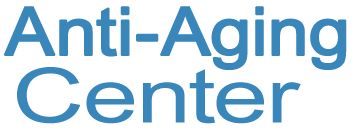The platelet-rich plasma is injected into areas of the scalp that need increased hair growth or the areas in the joints that need relief.
PRP for Joints and Hair Regrowth
Plasma is the liquid part of your blood that’s mostly made of water and protein. It lets red and white blood cells and platelets move through your bloodstream. Platelets are a type of blood cell that makes your blood clot. They also play a role in healing.
Doctors may use platelet-rich plasma (PRP) on injuries or damage to tendons, ligaments, muscles, joints, and skin.
To collect plasma, a doctor draws blood from your body and uses a machine to separate the platelet-rich plasma from the rest of the blood. Then the doctor numbs the area of your body being treated with PRP injections. Once you’re numb, the doctor uses a needle to inject your plasma into the area of your body being treated.
For example, if you’re being treated for a muscle injury, a doctor would inject plasma into several locations in that muscle. In some cases, doctors use ultrasound technology during injections to make sure they’re targeting the right area. PRP injections usually take about 30 minutes, though it depends on the area you’re targeting.
Once platelets are in the area that’s being treated, they break down and release growth factors, which are compounds that help cells repair and renew. This is thought to trigger your body’s healing process.
What can platelet-rich plasma treat?
PRP injections are used to treat torn tendons, tendinitis, muscle injuries, arthritis-related pain, and joint injuries. They’re becoming more common for cosmetic procedures, too. For example, dermatologists and hair replacement experts use PRP injections to treat a type of hair loss called androgenic alopecia, also known as male or female pattern baldness, which affects men and women.

PRP therapy process
PRP therapy is a three-step process. Most PRP therapy requires three treatments 4–6 weeks apart.
Maintenance treatments are required every 4–6 months.
Step 1
Your blood is drawn — typically from your arm — and put into a centrifuge (a machine that spins rapidly to separate fluids of different densities).
Step 2
After about 10 minutes in the centrifuge, your blood will have separated into three layers:
- platelet-poor plasma;
- platelet-rich plasma;
- red blood cells.
Step 3
The platelet-rich plasma is drawn up into a syringe and then injected into areas of the scalp that need increased hair growth or the areas in the joints that need relief.
Benefits of PRP for Joints
After the process described above, PRP injections made of your own blood are going to take action to stimulate growth in injured tissues.
After the procedure, a doctor may advise you to:
- ice your knee for 20 minutes every two to three hours for the first three days;
- take Tylenol to help manage discomfort;
- avoid NSAIDs, like ibuprofen, since they may block the effect of PRP;
- get plenty of rest and avoid activities that put weight on your joint.
If you’re treating a knee, you may need to use crutches or a walking frame for a few days to keep the weight off of your knee. PRP is expected to improve the flexibility of a joint and prevent arthritis.
The reason that your orthopedic doctor may have recommended PRP treatments for your knees may be outlined in this February 2021 study published in the journal International orthopedics. This study included 667 patients.
- 74.1% of the patients in the retrospective study achieved a delay in the total knee replacement of more than 1.5 years, with an average delay of 5.3 years.
- The survival analysis showed that 85.7% of the patients did not undergo total knee replacement during the five-year follow-up. The severity degree, age, PRP cycles, and administration route had a statistically significant influence on the efficacy of PRP in delaying surgery.

Benefits of PRP for Hair
Here’s an overview of some promising results from research on PRP and hair loss:
- A 2014 study of 11 people with androgenic alopecia found that injecting 2 to 3 cubic centimeters of PRP into the scalp every 2 weeks for 3 months could increase the average number of follicles from 71 to 93 units. This study is too small to be conclusive, but it shows that PRP may be able to help increase the number of hair follicles that can actively support healthy hair.
- A 2015 study of 10 people receiving PRP injections every 2 to 3 weeks for 3 months showed improvements in the number of hairs, the thickness of those hairs, and the strength of the hair roots. This study helps provide extra support to the findings of other PRP and hair loss studies. But 10 people is still too small a sample size to be conclusive.
- A 2019 study compared two groups of people using different hair treatments for 6 months. One group of 20 used minoxidil (Rogaine), and the other group of 20 using PRP injections. Thirty people finished the study and results showed that PRP performed much better for hair loss than Rogaine. But the study also found that your level of platelets can affect how well your own plasma works for hair loss. A lower level of blood platelets may mean that PRP isn’t as effective for you.
For and additional concerns or to apply for a free consultation, feel free to contact us by filling out this form.

